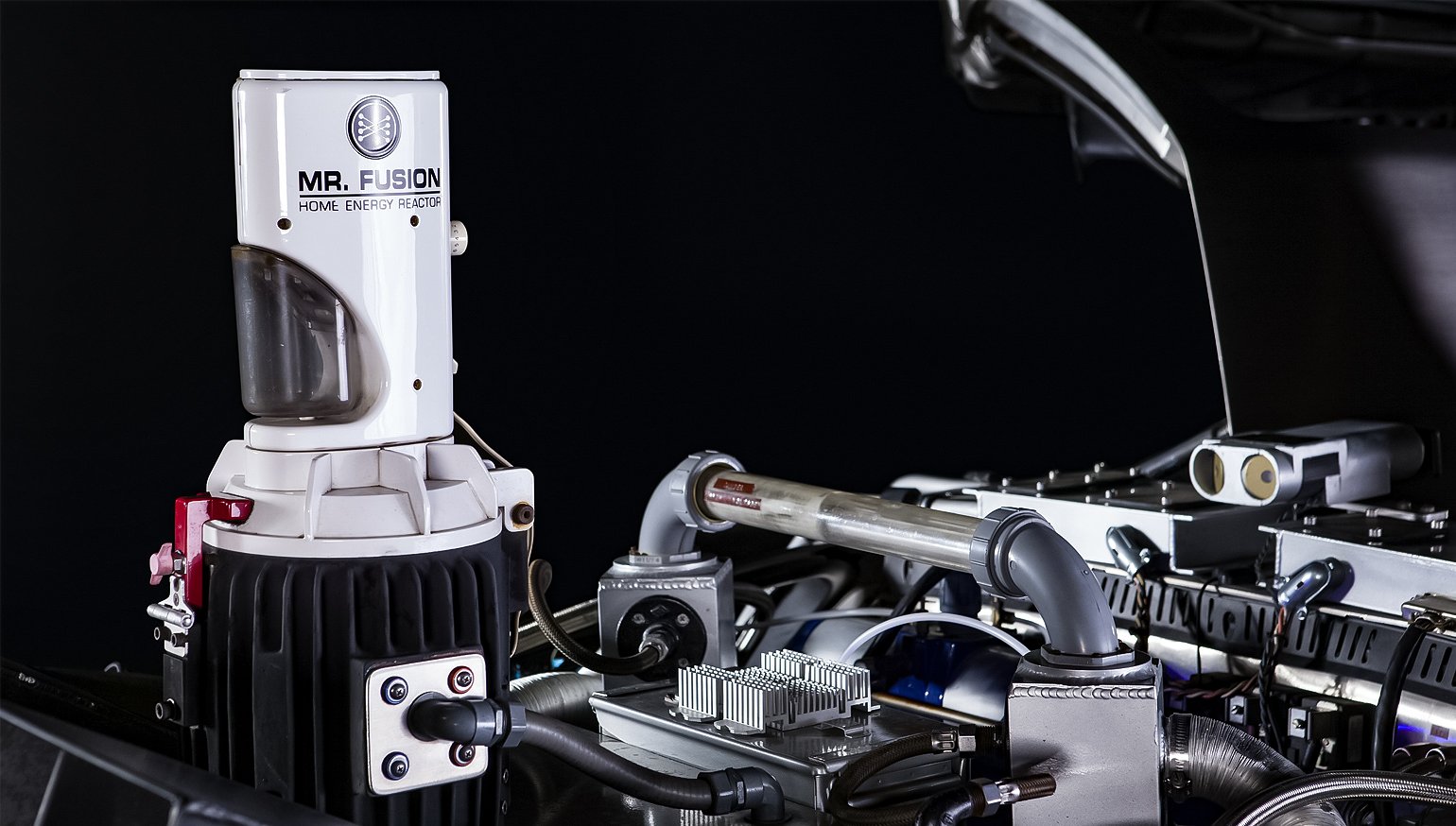The Society of Automotive engineers recently revealed a new engine design that uses two-stroke principles to deliver a powerplant with a theoretical efficiency of about 60 percent. Current gasoline engines are around 20 percent to 35 percent efficient, so that makes this concept very interesting to all kinds of people. Will it have any impact on motorcycling?
The new design is functionally a two-stroke, which is to say that every stroke is a power stroke. Typical four-stroke engines, which alternate power strokes, burn cleaner than comparable two-stoke engines at the expense of those power strokes.
Compression is one of the four-stroke engine’s efficiency limitations. The difference between the cylinder’s volume at the top of the stroke, and the same cylinder's volume at bottom dead center, is called the compression ratio. Low to moderate compression ratios make for durable, docile engines that aren’t super efficient. Increasing the compression ratio will make a more efficient engine, but at some point, the engine won’t be able to take any more, and it will fail.
The SAE presents a possible solution to this problem with their new design, which is called entry ignition, or EI. (Again, this is conceptual. I’m not aware of a working prototype or anything.) Through an intake valve, air enters a cylinder with a very high compression ratio. That's possible because no fuel is present at this point. The compressed air travels to a pressure reservoir via a check valve, which ensures that the compressed air charge can’t flow backwards.
From the reservoir, the compressed air moves to the mixing chamber, where fuel is injected. The air/fuel mixture is just at the edge of auto-ignition. A carefully timed slider valve opens, the fresh air/fuel charge enters the combustion chamber, and it ignites where it meets the high temperatures from the last cycle. This is the so-called "entry ignition."
The piston is pushed down for the power stroke, then rises again as the exhaust valve opens. The exhaust valve closes a little early to keep the combustion cylinder temperature high for the next air/fuel charge.
The best explanation I’ve seen of the SAE’s design is the video below from Engineering Explained. The discussion of EI starts around 4:35.
EI has a few advantages on paper. First, EI can't "knock" like a conventional four-stroke, which means higher compression ratios could be used. In addition, EI should burn lean. The SAE notes that it may be so lean that no emissions equipment would be required! Finally, the SAE notes that "EI has reduced heat loss relative to the other combustion methods. These efficiency boosting effects combine independently to give a thermal efficiency of 63 percent, based on thermodynamic textbook-derived computer simulations." The compression of the air charge could be assisted by multiple compressing chambers, each more aggressive than the last, or the compressing chambers could be sidestepped entirely with a supercharger.
EI also has some big obstacles, besides the part where it doesn't exist in a physical form yet. How will the check valve, slider valve, and other components hold up? How might the engine perform before it's warmed up? Could this be made small enough to stuff in a motorcycle? Would we even want an engine like this in a motorcycle?
I agree with Editor Lance and a bunch of other speculators that this engine design is probably best for something like a generator. As far as motorcycles are concerned, I'd bet that electric power has a brighter future than EI. Still, it's not every day I see a new, albeit theoretical, kind of engine cross my desk.









